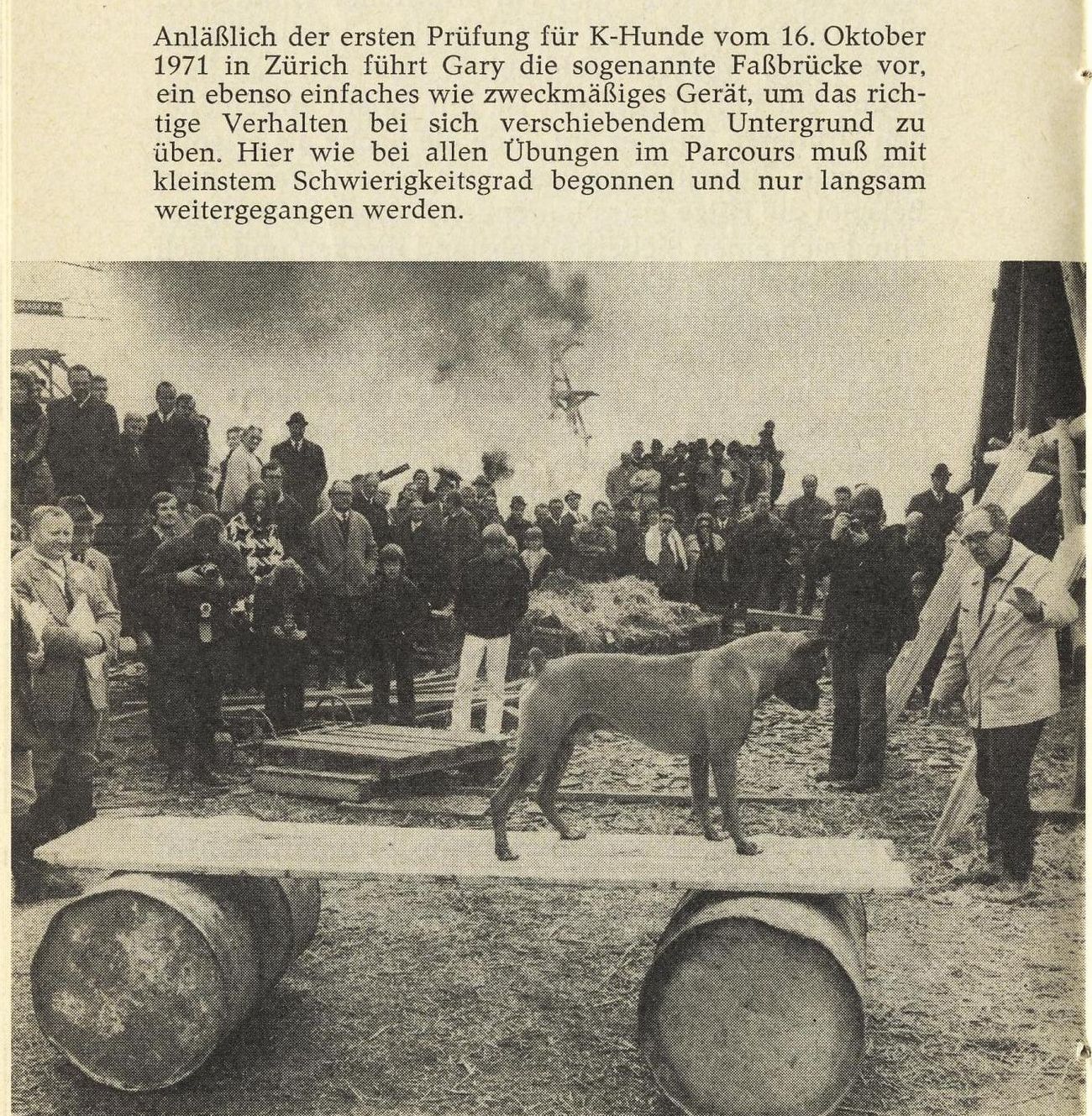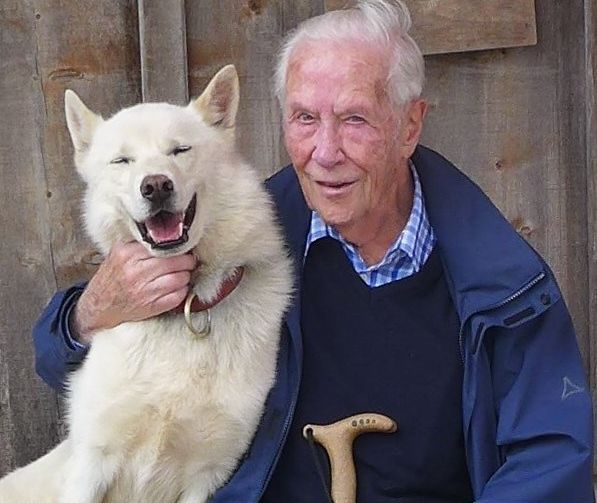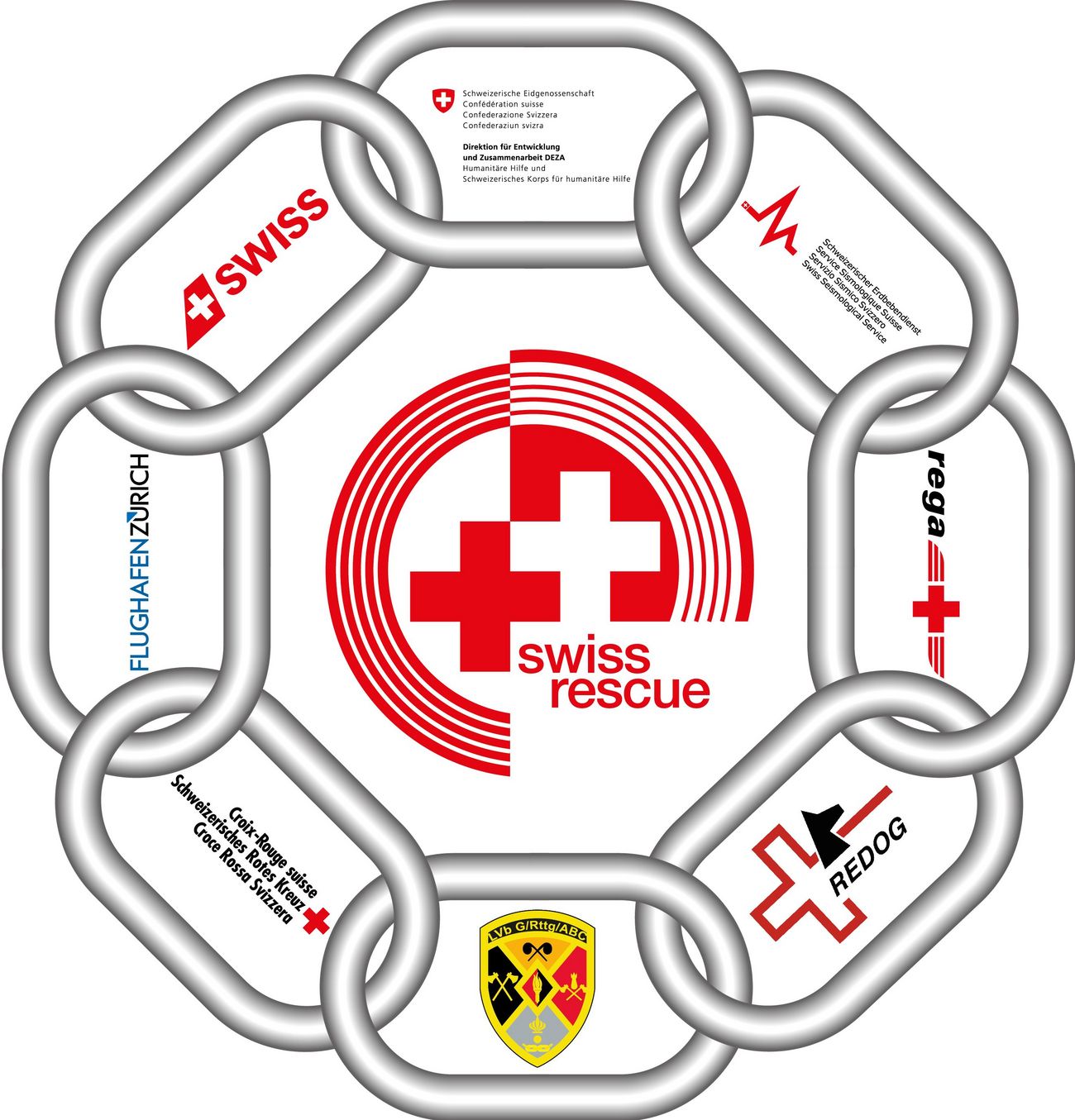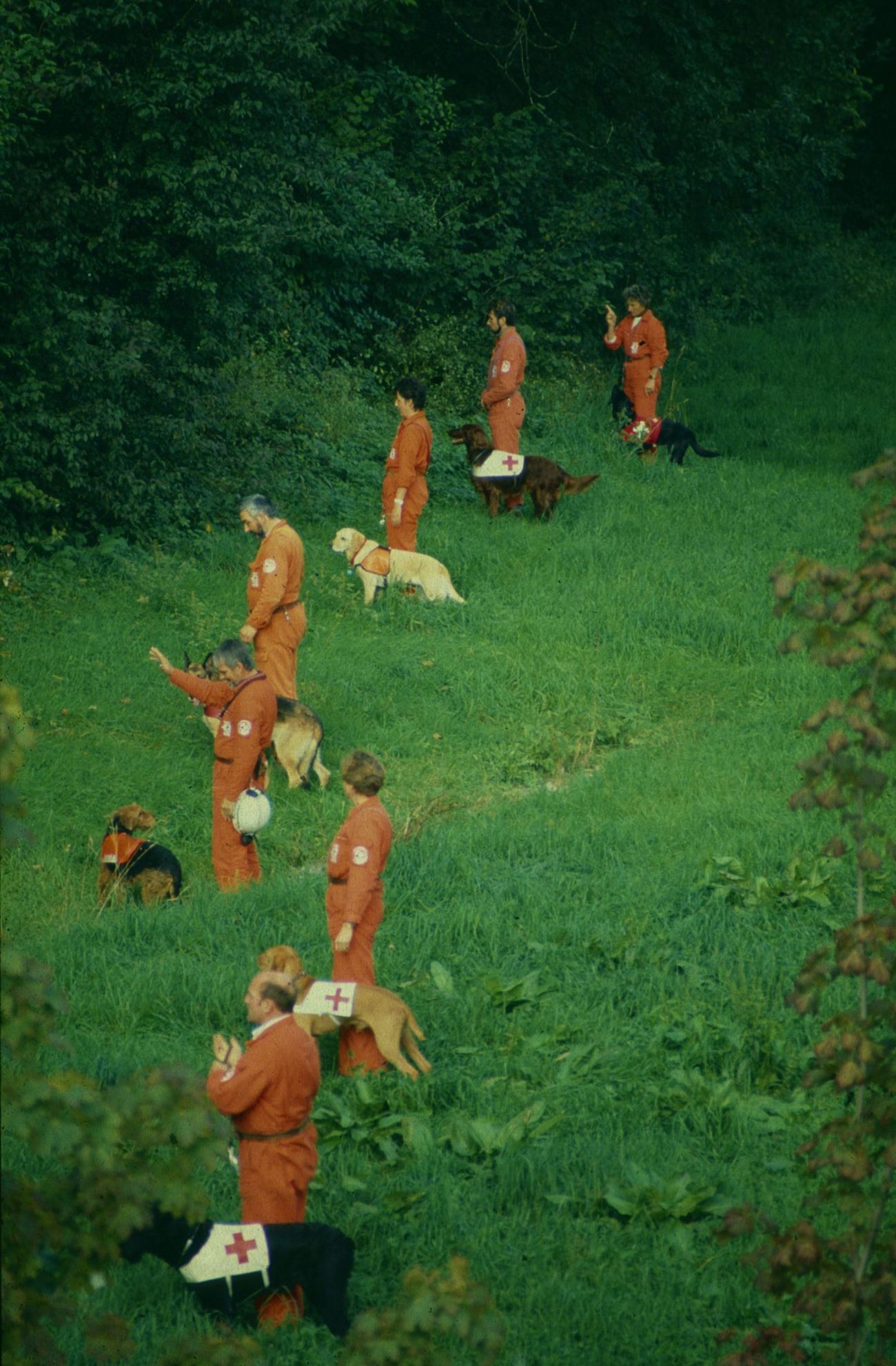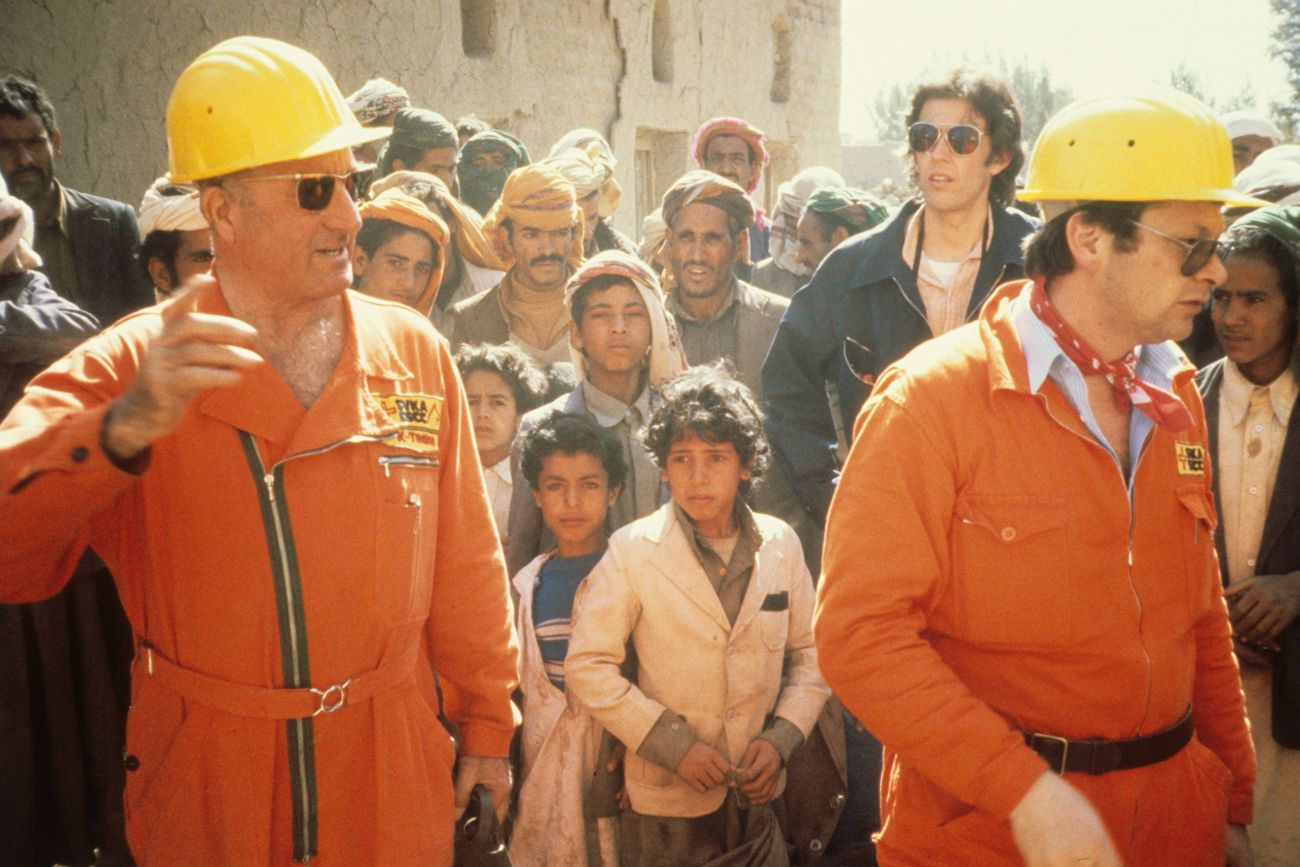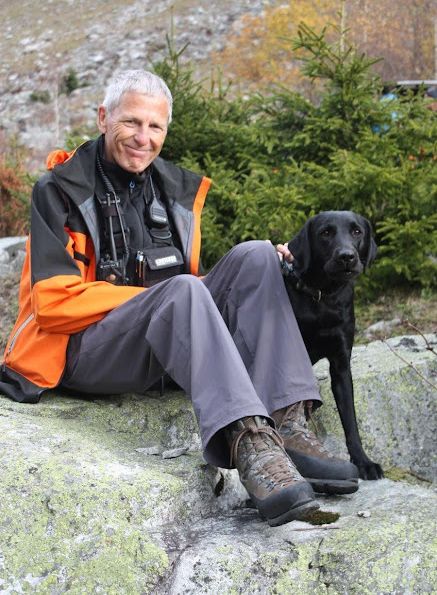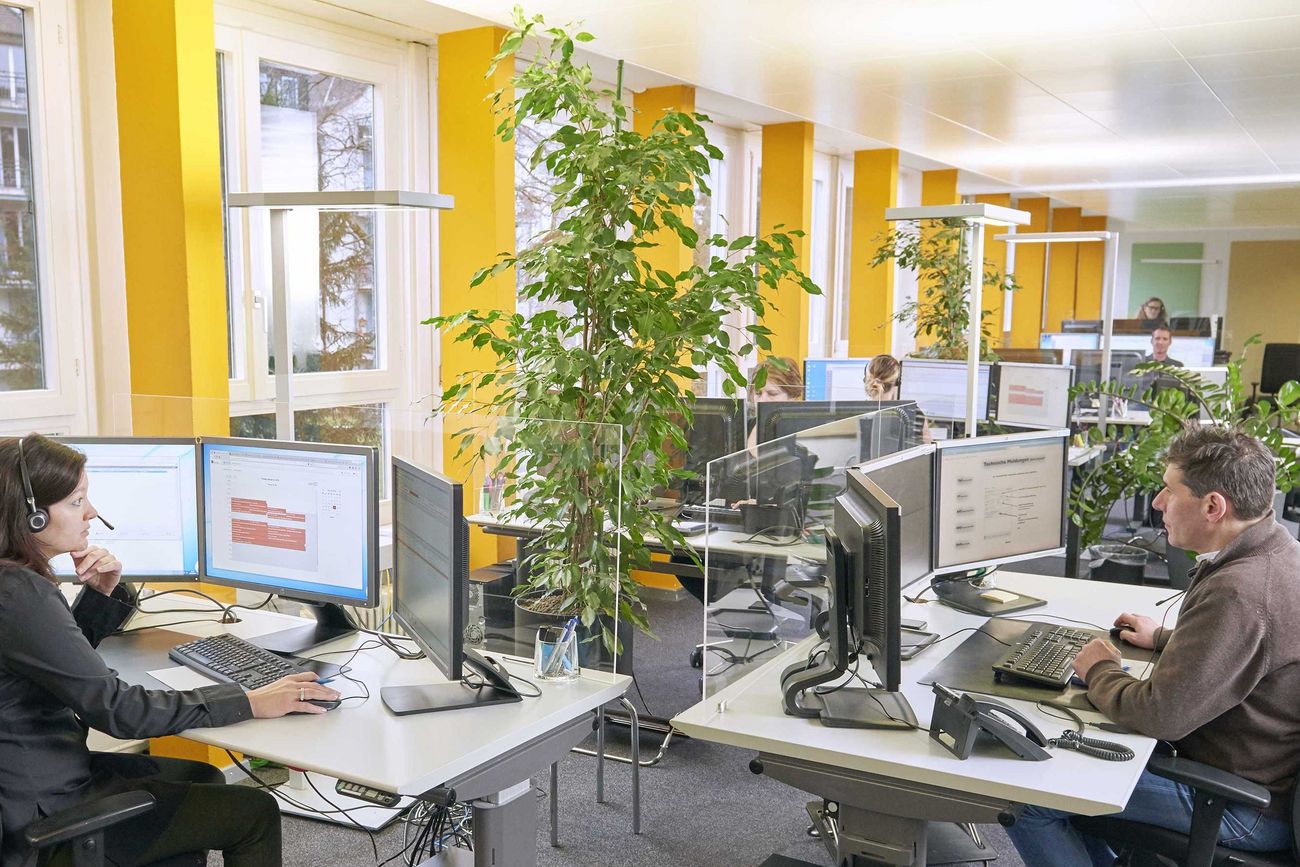From the beginning to today
REDOG was founded in 1971 as the Swiss Association for Disaster Search Dog Training [Schweizerischer Verein für Katastrophenhunde-Ausbildung (SVKA)].
Although dogs have been pets, helpers and companions for people for thousands of years, the concept of the rescue dog is a modern phenomenon. There are examples of dogs saving human lives throughout history; however these skills have only been used formally since the 19th century.
-
From 1885
War provided the initial impulse for further development. The German Army first considered using dogs in 1885, initially as messengers or to transport ammunition. The animal painter Jean Bungartz also began to train dogs for the medical service so they could help to find wounded soldiers.
With the introduction of mercy dogs, their numbers increased, and training methods were developed further. During the Second World War over 200,000 dogs were deployed on all fronts.
-
From 1940
By contrast, in Switzerland there was a move towards civilian rescue dogs as Ferdinand Schmutz started formal training of avalanche dogs in 1940.
The final years of the Second World War saw the emergence of rubble search dogs. This came about by chance. Dogs repeatedly found people under the rubble of bombed houses. From October 1944, several of these dogs were used in England for searches of rubble, initially without special training.
-
1968
First visions of a group of enthusiastic and well-trained avalanche dog handlers: they wonder if their dogs would also be able to search for buried persons in rubble. “Group-K Zurich” is established by Urs Ochsenbein, featured here in an image from 1984, and with this group comes training for disaster search dogs.
-
1969
The pioneers begin to train disaster search dogs using a special programme which initially consists of targeted familiarisation with the challenges faced by the dog in a rubble environment. They formulate a requirement profile for dogs and handlers and devise exercise facilities and programmes which are, with minor amendments, still in use today.
The training is a success. During one of their first deployments in Switzerland - a landslide in the Wägi valley in the canton of Schwyz - the dog teams of Peter Kradolfer with Ari and Urs Ochsenbein with Gary identify the location of two missing hikers. Just 10 days later, they are deployed after an explosion at an explosives factory in Dottikon. The image shows Ari, a German shepherd.
Interested cynologists from across the country share their experiences. Collaborative groups are formed in Eastern Switzerland, in the canton of Lucerne, in Basel, in Geneva, and in Bern. Initial contact is made with the Luftschutztruppe [Air Raid Protection Police/civil defence] and the first joint exercises are undertaken.
These excerpts come from the book “Ausbildung von Katastrophenhunden” [Training Disaster Search Dogs] by Urs Ochsenbein.
Overview of all REDOG deployments
-
1971 – First field test
In October, the first 17 dog teams are successfully tested on their skills in searching for buried persons in a demolished area of the old Zurich brick factory.
The image shows Gary, a boxer, demonstrating the “barrel bridge”. This is used to practice working on shifting ground.
-
1971
This founding group consists of dog handlers from Zurich, Frauenfeld, Geneva and Graubünden. The first training groups are soon set up and interested cynologists from across the country share their experiences. In 2021, the regional groups from Basel, Bern, Eastern Switzerland, Central Switzerland and Zurich celebrate their 50-year anniversaries.
-
1972
First deployment with the Swiss Air Rescue (Rega) at a tunnel accident in Vercy near Paris. The roof collapsed 700m inside the tunnel. Over 100 fatalities and 84 injured persons. The SVKA teams are able to successfully search for and detect casualties under the most difficult of conditions.
1972 sees the formation of the Geneva and Graubünden regional groups.
-
1976
Earthquake in Friuli with around 2000 fatalities. The advance team of two disaster search dog teams are successful. “Send more dog teams!” pleads the representative of Rega in a telegram. Result: 16 persons rescued alive, over 90 bodies recovered. This success reaches the international press. The SVKA has finally gained acceptance.
The image shows Otto Aeschbacher with Zimbo.
1976 sees the formation of the Solothurn regional group.
-
1979
With various activities and field trials, disaster search dog teams are recognised by the Army. In 1979, disaster search dogs are introduced to the Army. You can still train to become a military dog handler today. Military dog handlers are members of REDOG.
1979 sees the formation of the Waadt regional group.
-
1981
REDOG is a founding member of the Swiss Rescue Chain. Since 1976, the Swiss Humanitarian Aid Unit (SHA) and SVKA/REDOG have provided emergency aid in the event of earthquakes. The idea of the Rescue Chain is devised by Arthur Bill during a deployment in Southern Italy. Although buried persons can often be found and detected, sometimes they cannot be saved in time because suitable rescuers and rescue equipment are not available.
The Rescue Chain specialises in the search and detection, rescue, and provision of medical first aid to buried persons after earthquakes abroad. If needed, eight partner organisations are available under the direction of state humanitarian aid.
In total, the Rescue Chain consists of 78 persons (generalists and other specialists, dog handlers, rescuers and emergency doctors), 8 disaster search dogs and 17 tonnes of materials. The Rescue Chain is ready for departure within eight to twelve hours after the deployment decision and can operate independently for up to ten days.
-
1982
At the start of the 1980s, the Graubünden regional group starts formal training of area search dogs. They are primarily used within Switzerland to search for missing persons in fields, forests and meadows, and in pre-Alpine areas. Since 1982, REDOG has trained dog teams from across Switzerland for area/terrain searches.
-
1982

First deployment as part of the Swiss Rescue Chain. Following an earthquake in North Yemen, the Swiss Rescue Chain sends 15 dog teams to the disaster area and saves the lives of three buried persons.
-
1984
REDOG becomes a corporate member of the Swiss Red Cross. Other member organisations of the Red Cross include the Swiss Samaritan Federation, the Swiss Lifesaving Society SLRG, and the Association of Swiss Military Doctors. The rescue organisations must observe the seven principles of the Red Cross and the Red Crescent Movement in their activities. They are entitled to use the symbol of the Red Cross in addition to their respective logo.
-
1985
The deployment following an earthquake in Mexico City was one of the largest deployments by REDOG and resulted in an international breakthrough, both for REDOG and for the Swiss Rescue Chain. Nine people were found alive under the rubble and rescued.
Trudi Zurbuchen (in image) was one of the first team leaders for SVKA/REDOG.
-
1987
Regional groups are also set up abroad, not least because of the rescue deployments. CASSDA, the Californian Swiss Search Dog Association, has worked closely with the SVKA since 1987. ASSDA, the Australian Swiss Search Dog Association, is established in Australia in 1995 and focusses mainly on area searches. 1996 sees the formation of two further groups: GRUPO K in Columbia and the JAPAN RESCUE ASSOCIATION.
-
1988
1988 sees the formation of the Wallis regional group.
-
1992
Technology arrives with acoustic search and detection devices. One of the first successes is seen on a Rescue Chain deployment in Greece in 1995. Even sceptics who are critical of technical search and detection have to admit that the device could be a useful complement to the work of the dogs.
In the image: Hanspeter Burkart on one of the first deployments using technical search and detection equipment in Greece.
-
1995
1995 sees the formation of the Bernese Oberland regional group.
-
1999
Earthquake in Turkey, in Izmit. The children found under the rubble by the golden retriever Colin are still in contact with the dog handler Elias Kalt today. Swiss television was able to find the children years later in Turkey and they surprised Elias Kalt with a reunion.
-
2000

Thirteen illuminated stars high up on the Rudenwand rock face commemorate the 13 residents of Gondo who lost their lives in the mudslide of 14 October 2000. Heavy rainfall hammered against the rock face for days on end and then drained into the ground at its foot causing the slope to slide down together with buildings, roads, protective barrier and infrastructure. This was a very emotional deployment for REDOG as the team members had to search for a buried colleague and his family.
Together with the experiences in Japan following the earthquake and tsunami, the deployment in Gondo was a pivotal moment in the development of training for dogs searching for bodies.
-
2001
Ueli Brandenberger becomes Chair of REDOG.
-
2009


With six rescue dog teams, REDOG is deployed following an earthquake in the Padang region of Sumatra, Indonesia. 120 rescuers are mobilised with the Swiss Rescue Chain.
-
2011
Earthquakes and tsunami in Japan. 15 REDOG members and nine disaster search dogs are deployed following the earthquake and devastating tsunami in Japan. The deployment is unusual in many ways. The deployment had to be interrupted several times due to aftershocks and poor weather conditions - snow and cold.
-
2014
0844 441 144: This is the new dedicated emergency telephone number for REDOG. The alert centre guarantees the rapid mobilisation of all deployment partners 24 hours/day on 365 days/year. Private individuals can also alert REDOG. The search is free of charge for them. In every case, REDOG works with the police and cantonal crisis units.
-
2014
Reinforcement rods rising into the air, not doing anything, concrete, walls wedged, stairs that lead nowhere: it’s as if a child had flung a lego house into the corner of their room in anger. And this is right in the middle of a forest, a popular place for walkers and dog owners. After several months of planning and construction, the national training centre for the search dog teams and the technical search and detection teams located at a quarry in Ostermundigen celebrates its inauguration.
-
2014
REDOG and GEA, a Turkish aid organisation, become partners. A strong team ready for deployment after disasters. The REDOG dog teams search and detect, the GEA teams recover. Just one year later, in May 2015, REDOG and GEA are deployed together after an earthquake in Nepal. Regular joint training is held in Turkey and in Switzerland to ensure that everything runs smoothly when on deployment.
-
2018
The first corpse search dogs pass their deployability test. Over three years, they have been trained to locate the scent of deceased persons under rubble. The recovery of deceased persons is particularly important for relatives and friends of the victims. Although it is terrible for everyone when someone is found dead, at least there is the knowledge that their loved one has not been left buried under the rubble.
In the image: Deployment after mudslide in the municipality of Chamosan in the canton of Wallis, 2019
-
2019
Be prepared together: and this now also applies to the Japanese rescue organisation Disaster Rescue Dog Networks (DRDN) and REDOG. After years of exchanging knowledge and experience gained after the REDOG deployment following the disaster in Fukushima, DRDN and REDOG signed an agreement. REDOG supports their Japanese colleagues in the professionalisation of their training standards and in improving cooperation between search and rescue within the country. The Japanese colleagues will support REDOG in the event of a deployment in Japan.
-
2023
Earthquake in the border region of Turkey/Syria: With a large presence of 14 dogs and 22 volunteers (dog handlers, vet, specialists in technical search and detection, leadership) REDOG supports the search for missing persons following a serious earthquake in the Turkish region of Gaziantep near to the Syrian border. REDOG takes a two-pronged approach: 12 REDOG members and eight dogs work with the Swiss Rescue Chain.
Another team with 10 persons and six dogs supports the Turkish partner rescue organisation GEA with their rescue work.
-
2024
2024 primarily involved deployments following weather disasters at home and abroad. Within the space of three weeks, REDOG corpse dogs searched for missing persons following severe weather in Misox, in the Maggia Valley and in the Binn Valley. At the end of November, the corpse search dog teams were deployed to Valencia in Spain.












